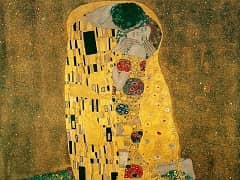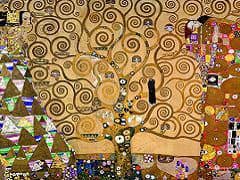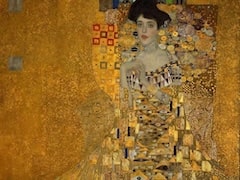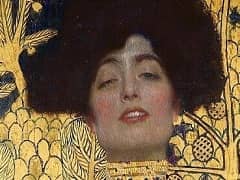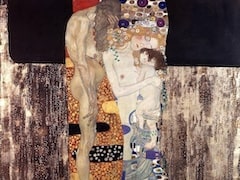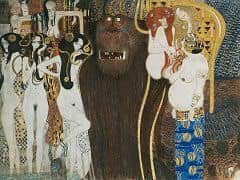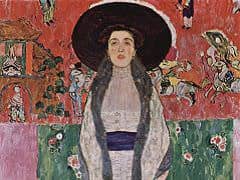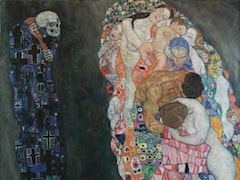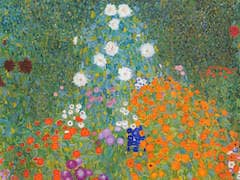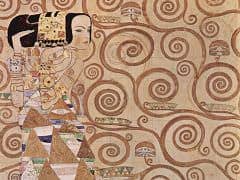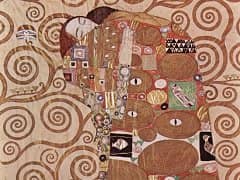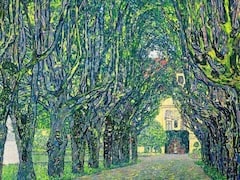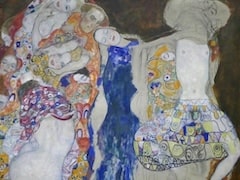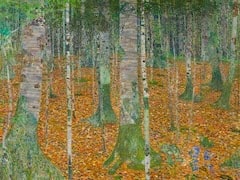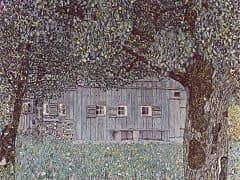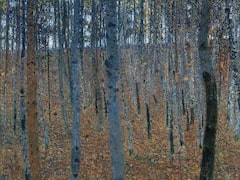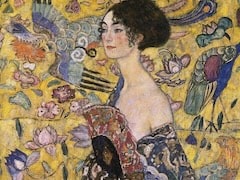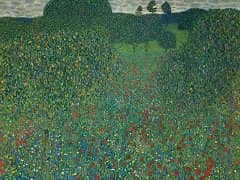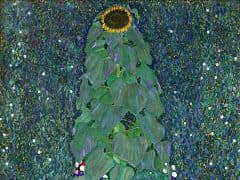Womand in Black Feather Hat Drawing, 1910 by Gustav Klimt
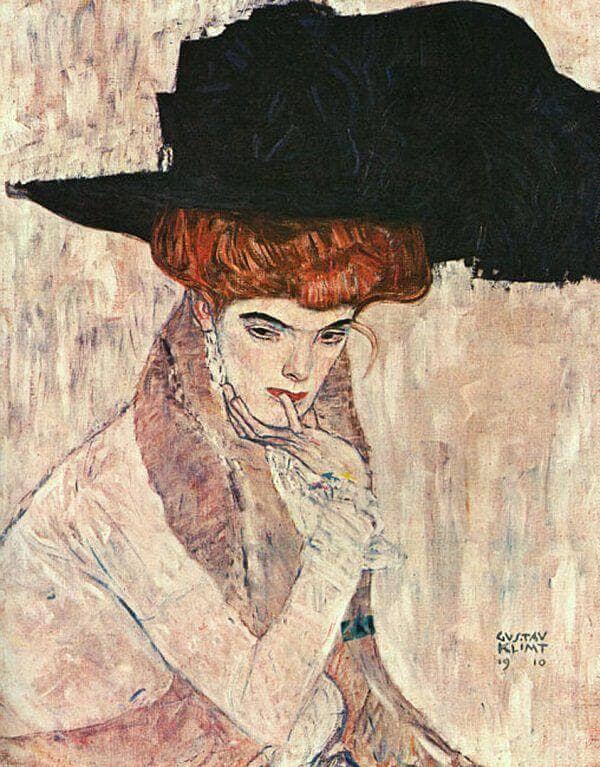
The monochromatic pinky-brown palette and highly stylized drawing of Woman in a Black Feather Hat demonstrates Klimt's growing interest in Expressionism through his friendship with the young
Egon Schiele. The movement's growing interest was the expression of human suffering and emotions through the heightened impact of strong colors and
distortion of form, with Vincent van Gogh often regarded as a forerunner in the genre.
This particular simplistic work is a far cry from Klimt's complex paintings of the past ten years. With its monochromatic air and tapered fingers, it recalls Picasso's "Blue period"
in turn influenced by the Mannerist-Expressionist works of El Greco (1541-1614). Klimt probably saw Picasso's Blue period works in his travels during this period
to Brussels and Paris. Important Expressionists included fellow Austrian genius, Oskar Kokoschka (1886 - 198), whose one-man show at the 1908 Kunstschau exhibition did not cause the predicted riot
but was panned by critics thinking it another Klimt-inspired prank, like the University paintings scandal. They certainly did not foresee Kokoschka becoming the highest-paid artist in Germany by
the 1920s.

